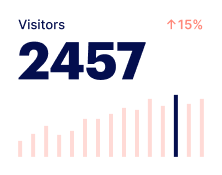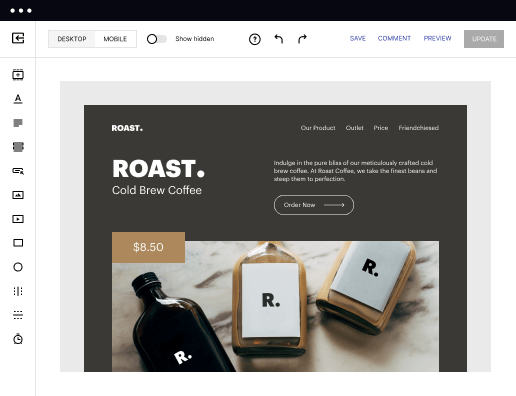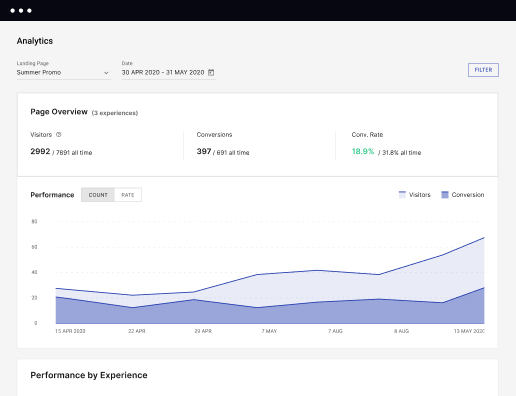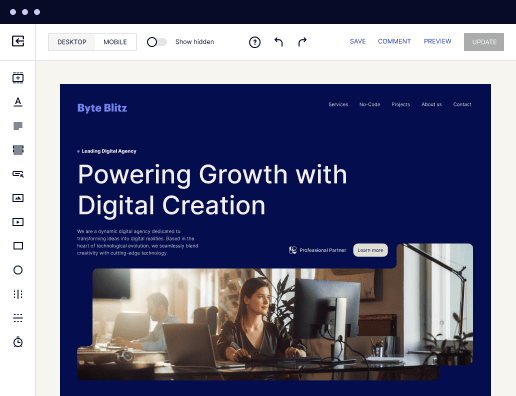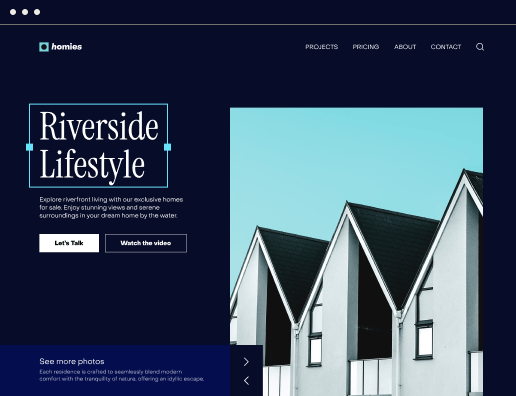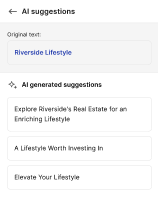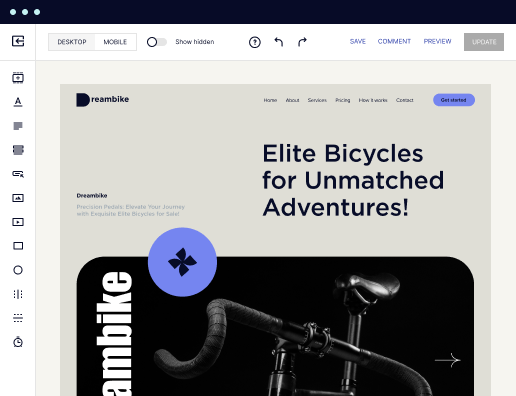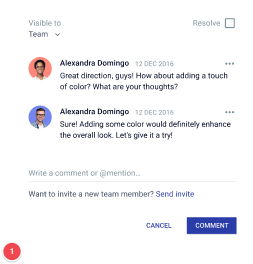Make your app page compatible with Google Analytics: Act effortlessly
Create your app page compatible with Google Analytics and effortlessly optimize your web pages for diverse ads and audiences. Transform visitors into leads and sales while bolstering brand trust and nurturing customer loyalty.
Build your app page compatible with Google Analytics using Instapage
Creating an app page that seamlessly integrates with Google Analytics is crucial for tracking user behavior and optimizing conversions. Instapage offers a robust platform that enables marketers to build landing pages swiftly without requiring any coding skills. By leveraging Instapage's extensive library of conversion-driven layouts and intuitive tools, you can establish an effective app page that not only captures leads but also enhances user experience and builds trust in your brand.
Understanding the Essentials of Your App Page
Before diving into the construction of your app page, it's essential to understand the foundational elements that contribute to its success. A well-optimized app page allows for effortless integration with Google Analytics, enabling you to track critical metrics such as visitor traffic, conversion rates, and user interactions. This data is invaluable when making informed marketing decisions.
- Identify your target audience - Understand who your ideal users are and the kind of information they seek. This ensures your landing page resonates with their needs.
- Choose the right layout - Instapage offers over 100 conversion-focused templates that can be customized to suit your branding and messaging.
- Utilize dynamic text replacement - To make your content more relevant, use dynamic text replacement to tailor messages based on user queries or ad placements.
Step 1: Design Your Landing Page
Begin by using Instapage's drag-and-drop builder. It's designed to make the page creation process straightforward, allowing for real-time collaboration and instant feedback.
- Select a template from Instapage's library tailored for app promotions - This gives you a head start in terms of design and layout.
- Customize the elements to reflect your brand's identity - Add your logo, brand colors, and impactful images that align with your app's theme.
- Include clear call-to-action buttons - These are critical in guiding users on the actions you want them to take, such as signing up or downloading.
Step 2: Optimize for Conversions
Once your landing page design is in place, it's time to focus on optimization techniques that will help increase conversions. Instapage provides various tools for experimentation and testing.
- Conduct A/B testing - Use Instapage's built-in features to test multiple variations of your page. This helps you identify which elements perform best.
- Analyze user behavior with heatmaps - By utilizing heatmaps, you can see where visitors are clicking and scrolling, informing adjustments to improve engagement.
- Leverage the analytics dashboard - Monitor real-time performance metrics, helping you make data-driven decisions on marketing strategies.
After implementing these optimization techniques, you can ensure your app page is well-equipped to perform effectively in drawing user engagement and conversions.
In conclusion, building an app page compatible with Google Analytics using Instapage not only streamlines the design process but also bolsters your marketing campaigns through effective data tracking and optimization strategies.
Ready to elevate your marketing strategy? Start building your app page with Instapage today and experience the benefits of seamless Google Analytics integration!
Get more out of Build your app page compatible with Google Analytics
Improve your Quality Score with quick load technology for landing pages
Increase conversions with content that aligns with your ads and audiences
Achieve maximum ROI by scaling your marketing initiatives
Leading the way in building high-performing landing pages





FAQs
See how to build your app page compatible with google analytics in action
Ready to skyrocket conversions?
Supercharge your ad campaigns with high-performing landing pages.
Get started
